Without an accurate calendar, keeping track of bills, knowing food expiry dates, or even getting to work on time would be nearly impossible. Life would descend into chaos. Fortunately, we have calendars to maintain order. The one most widely used today, the “Gregorian calendar,” is linked to a peculiar historical event. When it was first implemented in 1582, the month of October had only 21 days. Recently, this fact has resurfaced, sparking viral discussions on social media, according to IFL Science.
October 1582 is noted for a surreal leap in the history of timekeeping. When people went to sleep on October 4, 1582, they woke up to the day stamped not as October 5, but October 15. In history, these ten days don’t even exist. The reason for these missing days was an amendment made to the calendar by Pope Gregory. He was known to bring a major shift in the way days, weeks, months, and years were organized.
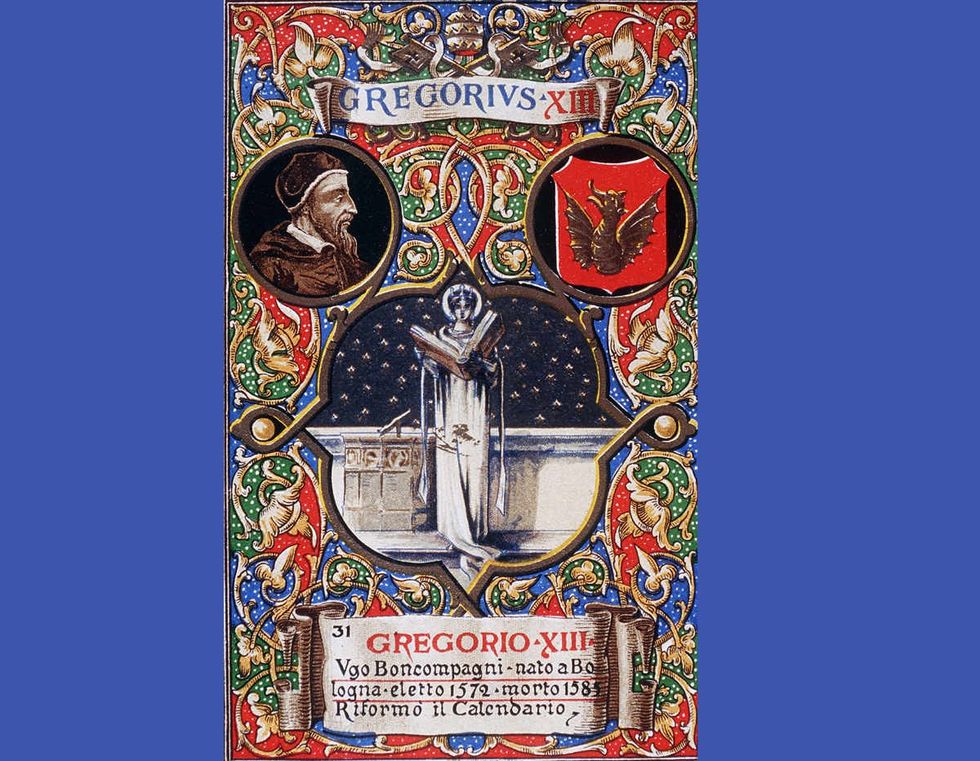
American astrophysicist Neil deGrasse Tyson explained this in a post on X, “By 1582, the Julian calendar, with a Leap Day every four years, had accumulated ten extra days relative to Earth’s orbit. So Pope Gregory jump-started his new and exquisitely accurate calendar by canceling 10 days that year, in which October 4 was followed by October 15.”
Before October 1582, most of Europe had been using the Julian calendar, introduced by Julius Caesar in 45 BCE. Julian Calendar was a solar calendar, the first replacement of the lunar calendar that ancient people used. Solar year, also called tropical year is the basis of most calendars nowadays. In 1582, it was noted by the Catholic Church that the Julian Calendar did not accurately synchronize with the solar calendar, which led to disorder in the timing of Easter. Easter was observed on the first Sunday, following the first full moon after the spring equinox on March 21. However, as the centuries passed, the spring equinox drifted from this date. In the 16th century, it fell on March 11.
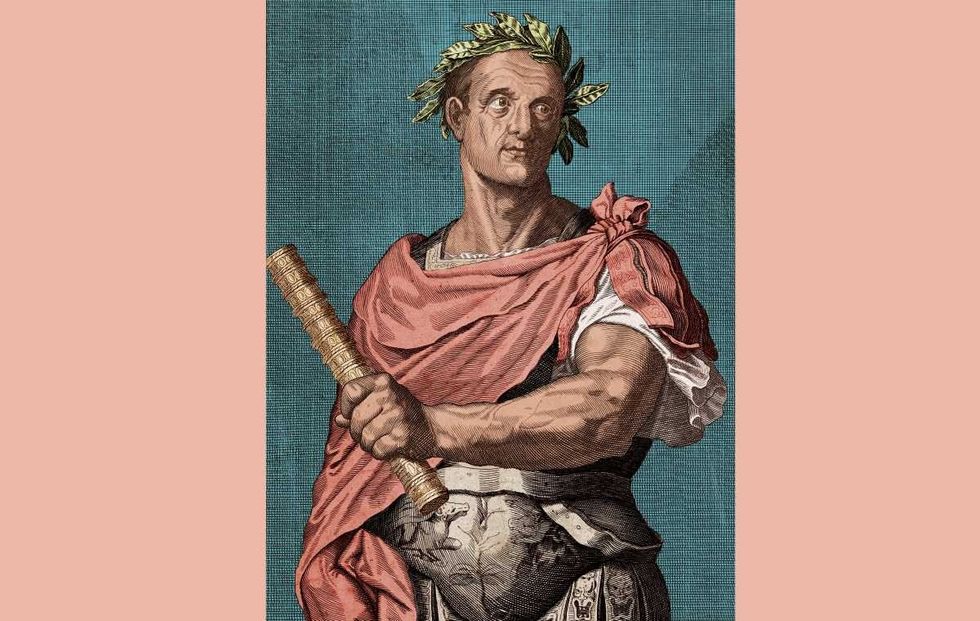
Besides, the length of the Julian Calendar, which is 365.25 days, was longer than the length of the solar year by about 0.0078 days, according to the United States Naval Observatory. This might not seem a considerable difference, but over the years, this figure accumulated and by the 16th century, the gap became 10 days, which is highly significant in a timekeeping system.
To deal with this crisis, Pope Gregory XIII introduced a new calendar that came to be known as “the Gregorian calendar.” He called a commission of experts, and released a formal papal decree in the form of the bull called “Inter Gravissimas” on February 24, 1582, for the reform of the calendar, per The Conversation.
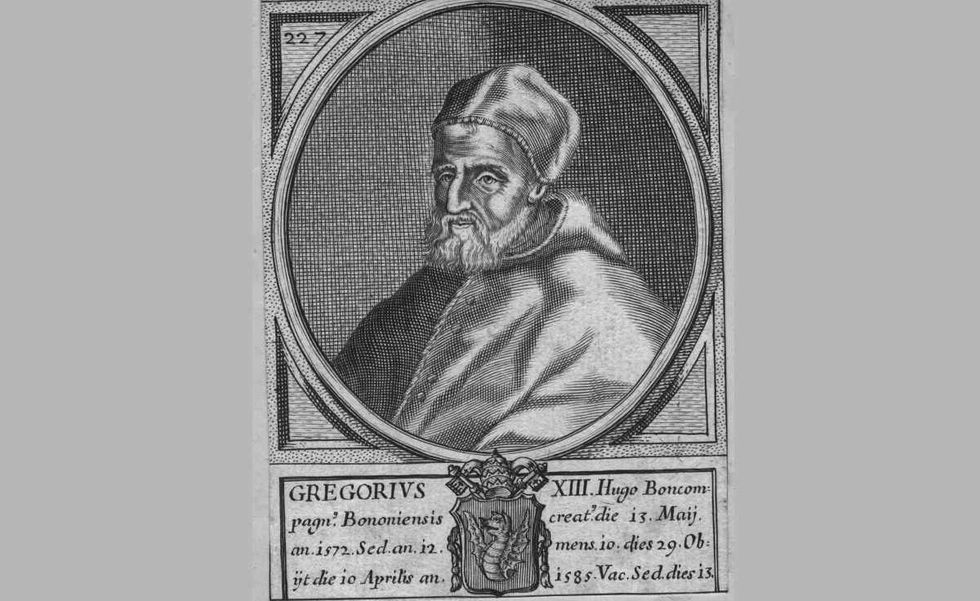
October was picked as the month to skip 10 days because it didn’t meddle with days of any major events in the Christian calendar. The reform was put into action and the calendar leaped from October 4 to October 15, bringing the timekeeping in sync with the astronomical time.
The Gregorian calendar is very similar to the Julian calendar. Both are solar calendars with 12 months featuring 28 to 31 days each. Each type of calendar has 365 days most years, with a leap day added to February in certain years. The only difference between the two is that while the Julian calendar adds a leap day to the calendar every 4 years, the Gregorian calendar does the same unless the year is divisible by 100 and not divisible by 400. For instance, the years 1700, 1800, 1900, and 2100 are not leap years, but 1600, 2000, and 2400 are leap years.








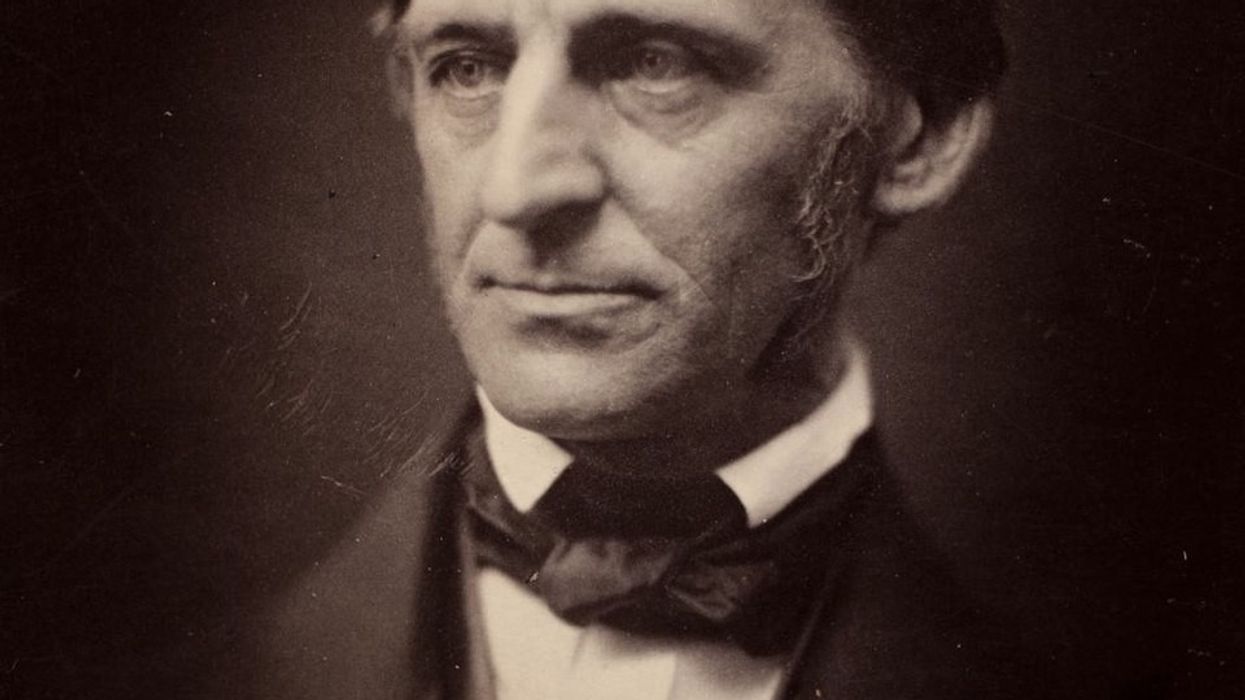







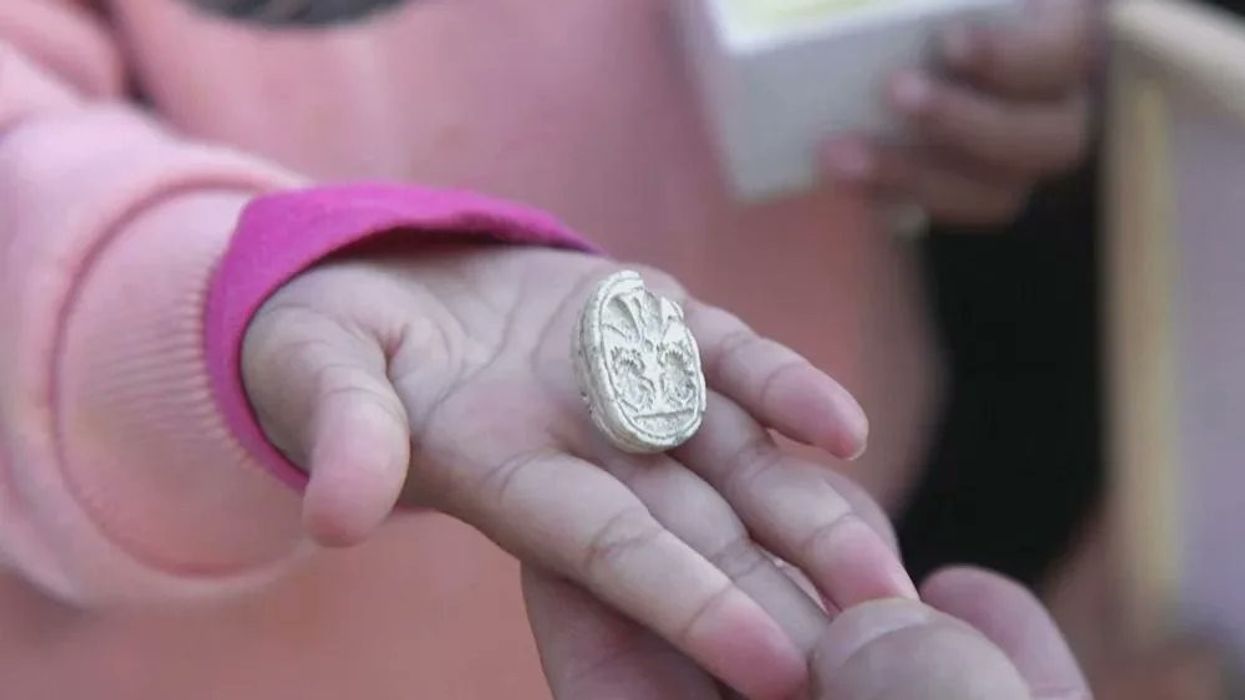


 Pictured: The newspaper ad announcing Taco Bell's purchase of the Liberty Bell.Photo credit: @lateralus1665
Pictured: The newspaper ad announcing Taco Bell's purchase of the Liberty Bell.Photo credit: @lateralus1665 One of the later announcements of the fake "Washing of the Lions" events.Photo credit: Wikimedia Commons
One of the later announcements of the fake "Washing of the Lions" events.Photo credit: Wikimedia Commons This prank went a little too far...Photo credit: Canva
This prank went a little too far...Photo credit: Canva The smoky prank that was confused for an actual volcanic eruption.Photo credit: Harold Wahlman
The smoky prank that was confused for an actual volcanic eruption.Photo credit: Harold Wahlman
 Packhorse librarians ready to start delivering books.
Packhorse librarians ready to start delivering books. Pack Horse Library Project - Wikipedia
Pack Horse Library Project - Wikipedia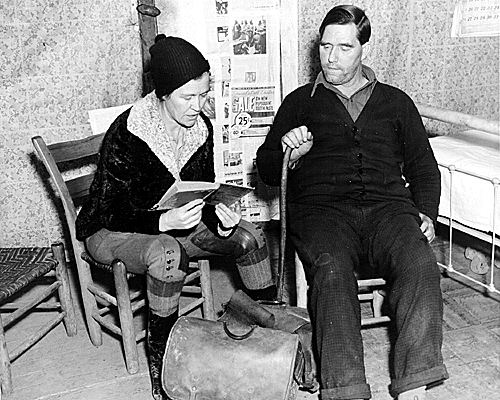 Packhorse librarian reading to a man.
Packhorse librarian reading to a man.
 Fichier:Uxbridge Center, 1839.png — Wikipédia
Fichier:Uxbridge Center, 1839.png — Wikipédia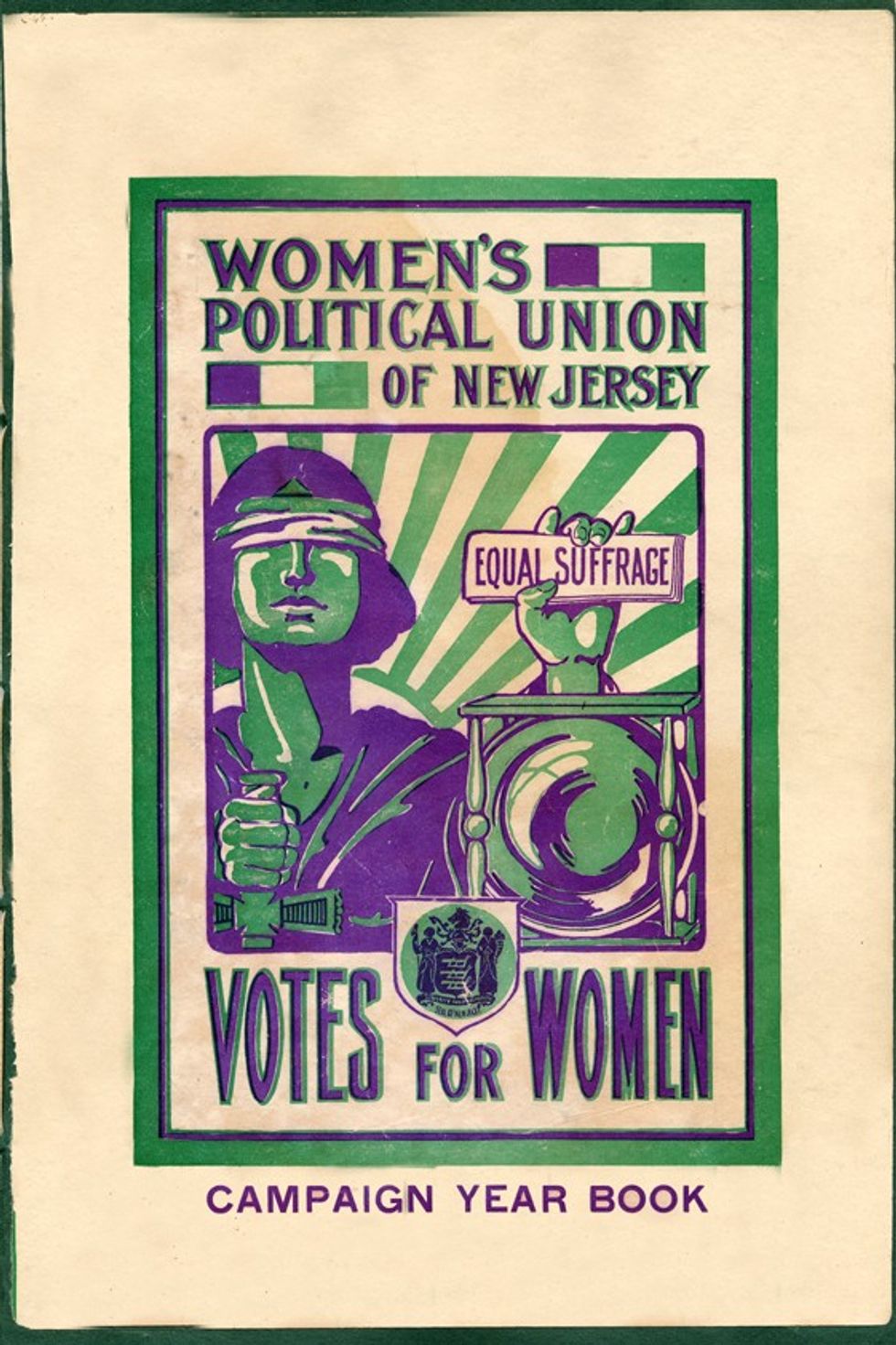 File:Women's Political Union of New Jersey.jpg - Wikimedia Commons
File:Women's Political Union of New Jersey.jpg - Wikimedia Commons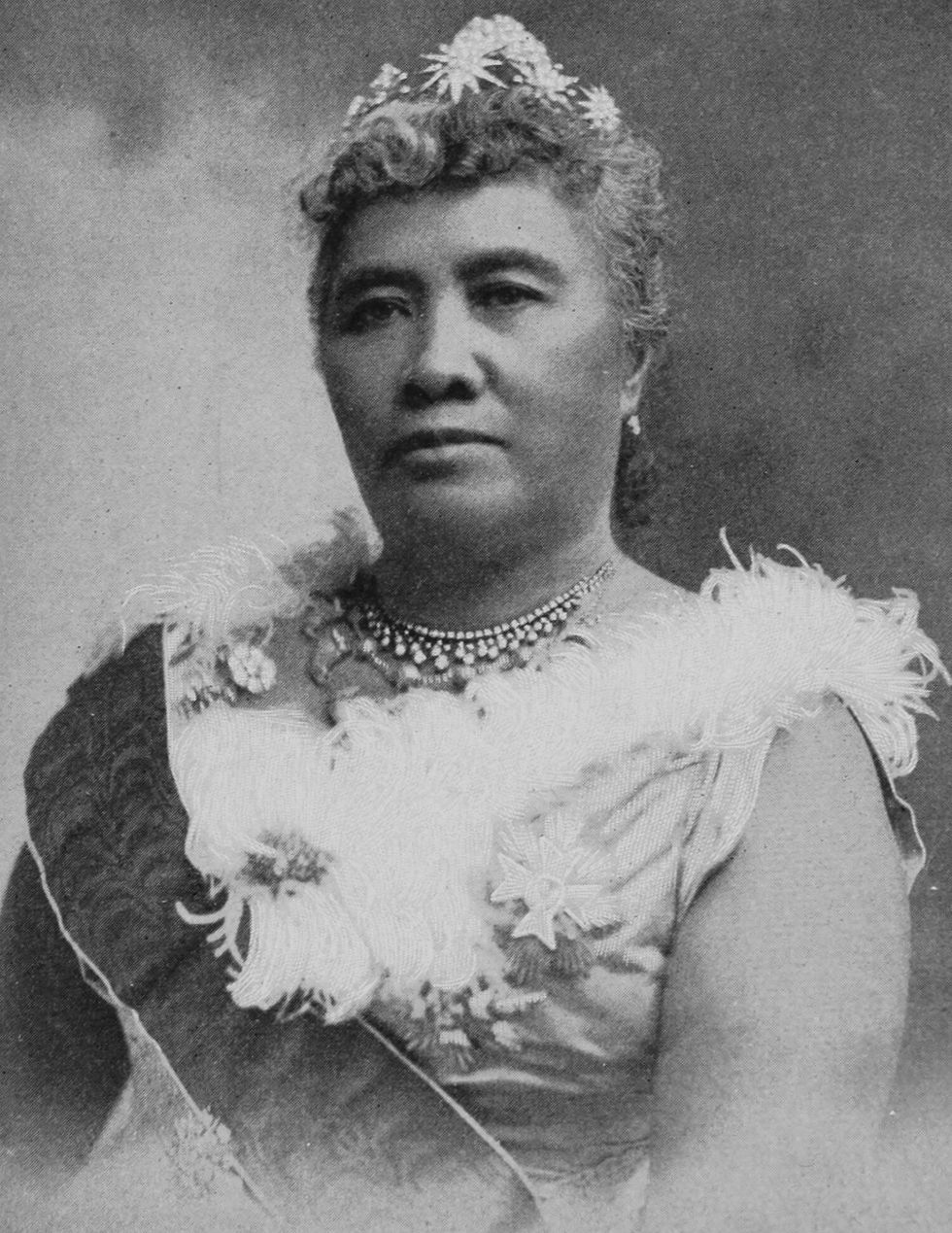 File:Liliuokalani, photograph by Prince, of Washington (cropped ...
File:Liliuokalani, photograph by Prince, of Washington (cropped ...
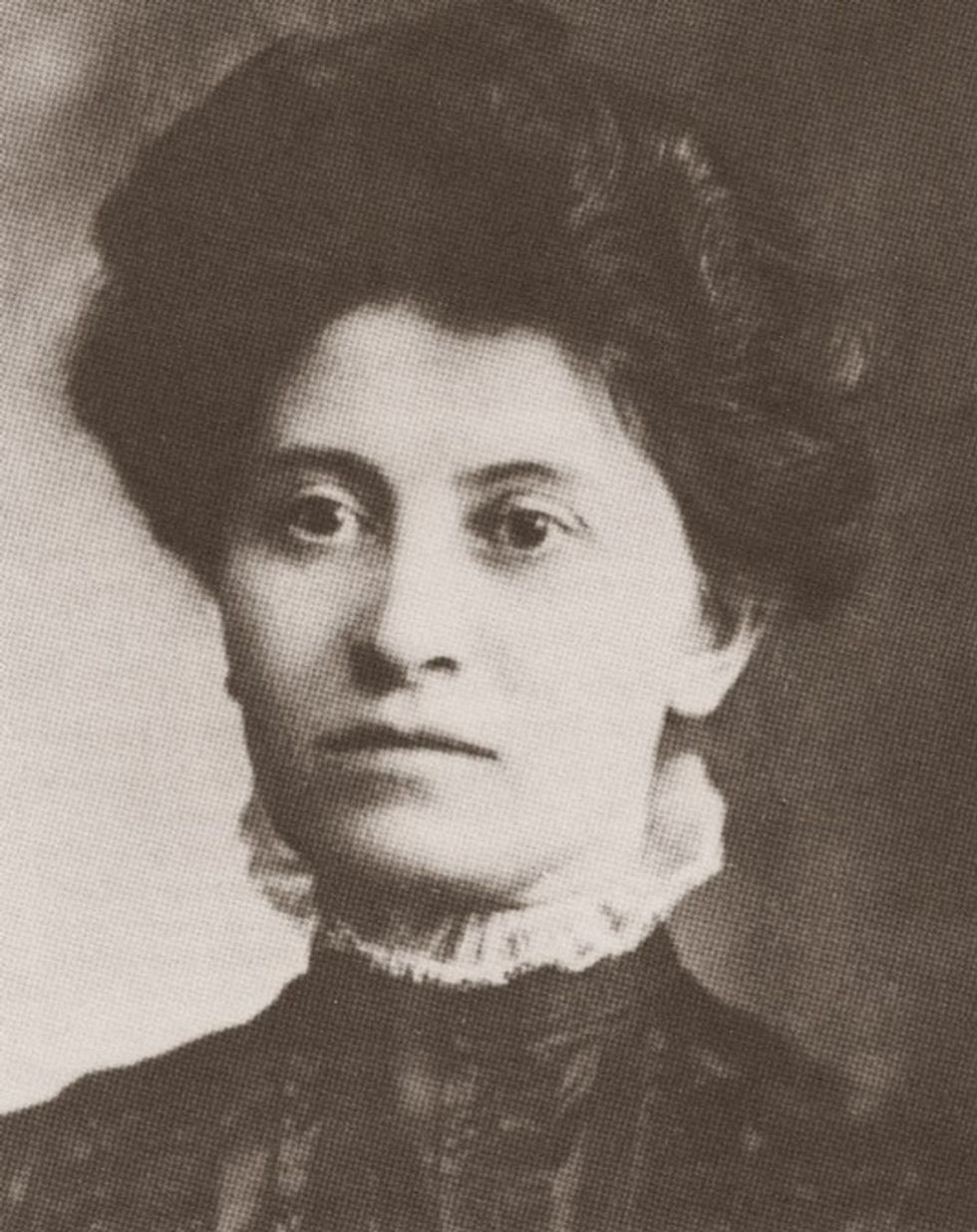 Theresa Malkiel
commons.wikimedia.org
Theresa Malkiel
commons.wikimedia.org
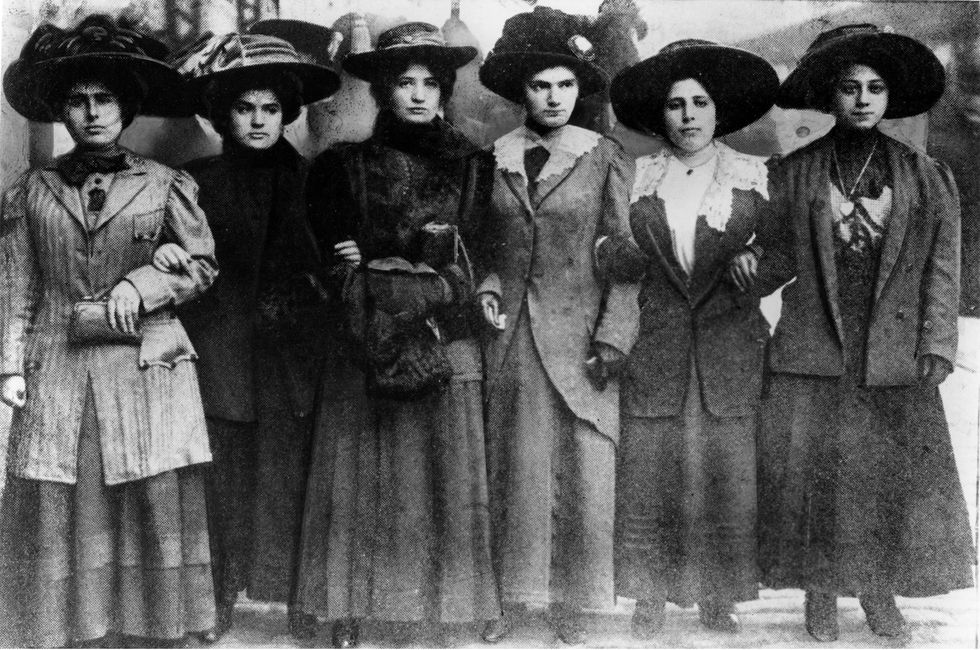 Six Shirtwaist Strike women in 1909
Six Shirtwaist Strike women in 1909
 U.S. First Lady Jackie Kennedy arriving in Palm Beach | Flickr
U.S. First Lady Jackie Kennedy arriving in Palm Beach | Flickr
 Image Source:
Image Source:  Image Source:
Image Source:  Image Source:
Image Source: 